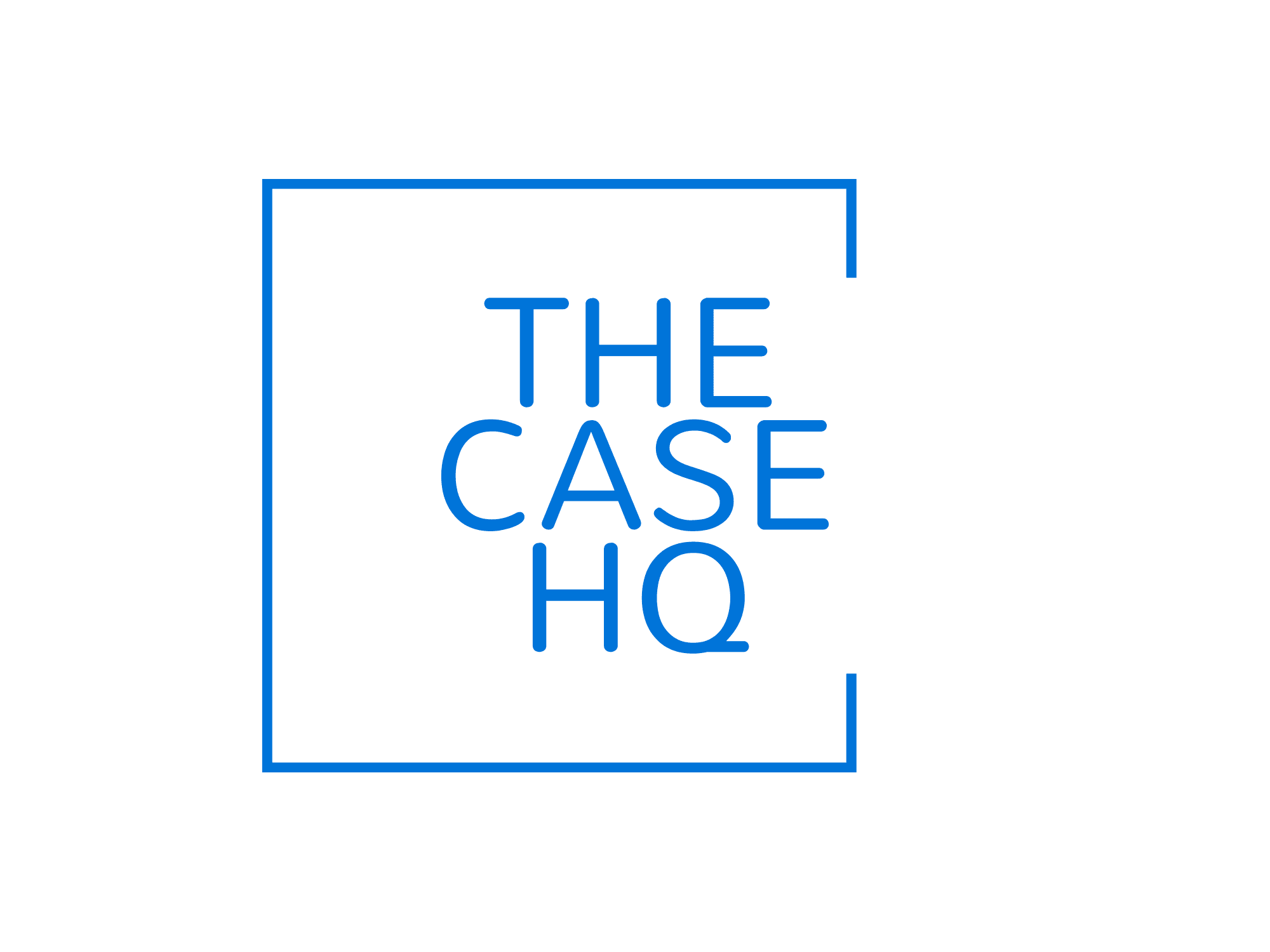In today’s data-driven academic environment, universities and colleges are under increasing pressure to ensure that learning outcomes (LOs) are not only clearly defined but also measurably achieved. Rubrics—structured scoring guides—play a critical role in this process, especially when it comes to transparency, consistency, and accreditation readiness.
However, creating rubrics that are meaningfully aligned with course-level, program-level, and institutional-level outcomes is often a time-consuming and error-prone task.
This is where AI tools enter the scene.
In this post, we explore how educators, curriculum developers, and quality assurance teams can use AI tools to streamline rubric alignment with learning outcomes, saving time, reducing ambiguity, and increasing impact.
What Is Rubric Alignment?
Rubric alignment refers to the process of ensuring that the criteria and descriptors in a rubric directly reflect the intended learning outcomes of a course, module, or program.
For example:
- If a learning outcome states “Demonstrate critical thinking in business problem-solving,”
- Then a rubric should include a criterion like “Depth of analysis and reasoning” — with levels such as “superficial,” “some analysis,” “critical and insightful.”
Without this alignment, students may be graded on unrelated skills, and accreditation bodies may flag the course design as lacking coherence.
Challenges in Traditional Rubric Design
Designing aligned rubrics often requires:
- Deep understanding of learning outcomes
- Mapping across frameworks like Bloom’s Taxonomy or the UAE’s QFEmirates/NQF
- Consistency across instructors and assessors
- Extensive documentation for audit trails and external review
In institutions managing dozens of programs and hundreds of modules, manual rubric alignment becomes a bottleneck.
How AI Tools Help — Key Use Cases
1. Automated Mapping of Outcomes to Criteria
Modern AI tools (like ChatGPT, GPT-4o, or domain-specific curriculum assistants) can:
- Suggest appropriate criteria based on inputted learning outcomes
- Offer taxonomy-aware descriptors (e.g., Bloom, SOLO, NQF levels)
- Ensure verb-level consistency with cognitive expectations
Example Prompt:
“Generate rubric criteria and performance levels for CLO: ‘Apply strategic thinking to real-world business challenges’ at RQF Level 8.”
The AI can return:
- Criteria: Strategic insight, evidence-based decision-making, application of theory
- Performance levels: From ‘limited strategy application’ to ‘exceptionally integrative and innovative’
2. Rubric Alignment Checks
Upload your existing rubric and ask AI to evaluate:
- Which criteria map to which learning outcomes
- Whether there are gaps or redundancies
- Whether the level of challenge matches the intended level (e.g., Level 7, Level 8)
This is particularly helpful during curriculum review cycles or revalidation.
3. Customisation by Discipline or Framework
AI models trained on educational corpora can:
- Suggest rubric wording tailored to STEM, business, arts, health, law, etc.
- Align with specific national or institutional frameworks (e.g., ABET, AACSB, QAA, CAA UAE, etc.)
- Translate or localise rubrics into Arabic, French, Mandarin as needed
This supports global campuses, franchised programs, and dual-degree validations.
4. Scaffolded Rubric Development for Faculty
AI can also assist academic staff in learning to design better rubrics by:
- Providing examples
- Offering side-by-side comparisons of good vs weak rubrics
- Generating scaffolded templates based on course outlines or module specs
This builds rubric literacy among faculty — a crucial element of learning-centered design.
Real-World Use Case: Gulf HE Network & AI-Supported QA
The Gulf Higher Education Network (GULF HE) recently piloted an initiative where curriculum leaders used AI prompts to:
- Audit existing rubrics for alignment gaps
- Generate rubric banks aligned with strategic learning outcomes
- Translate outcome-aligned rubrics for use across GCC accreditation bodies (e.g., CAA UAE, ETEC Saudi Arabia)
The result?
- 45% reduction in time to develop rubrics
- Stronger audit trail for accreditors
- Higher rubric clarity as reported by students in surveys
Step-by-Step: Aligning Rubrics with AI
| Step | Action | AI Tool Role |
|---|---|---|
| 1 | Define Learning Outcomes | Ensure outcomes are measurable and clear |
| 2 | Prompt AI with Outcome | Ask for aligned criteria and performance levels |
| 3 | Review & Revise | Edit AI output to reflect course context |
| 4 | Map Each Criterion to LO | Confirm alignment in a summary matrix |
| 5 | Pilot and Calibrate | Use with students, refine based on feedback |
Examples of AI Prompts for Rubric Design
- “Create a rubric aligned to Bloom’s level: Evaluate. LO: Critique AI strategy in global business.”
- “List 3 criteria for assessing ethical reasoning in a case study task.”
- “Generate a rubric for Level 7 CLO: Synthesize leadership theories into practice.”
- “Match these CLOs to the appropriate rubric criteria: [paste CLOs]”
Want to speed this up? Use structured templates from TheCaseHQ.com.
Bonus: AI Tools You Can Start With
| Tool | Strength |
|---|---|
| ChatGPT (Plus / GPT-4o) | Versatile, taxonomy-aware, easy to prompt |
| Magicschool.ai | K-12 and HE alignment templates |
| EvidenceHUB | Outcome-based education platform with rubric analytics |
| TheCaseHQ Templates | Pre-built rubric and LO alignment tools for strategic courses |
Key Benefits of AI-Aligned Rubrics
- Faster rubric creation for busy instructors
- Alignment across modules, courses, and programs
- Better accreditation readiness
- Improved student understanding of performance expectations
- Higher grading consistency
And when rubrics are better aligned with LOs, students learn more effectively and faculty teach more intentionally.
Final Thoughts: AI as a Partner, Not a Shortcut
AI won’t replace academic expertise. But it will:
- Accelerate alignment
- Reduce workload
- Increase transparency
- Raise curriculum design quality
As higher education enters a phase of greater scrutiny and outcome accountability, educators who harness AI ethically and strategically will set the bar for the next decade.
Visit The Case HQ for 95+ courses
Read More:
Game-Changing Power of Automating Constructive Feedback Using LLMs in Education
Critical Ethical Considerations in AI-Based Testing Every Educator Must Know
How to Build a Powerful AI-Enabled Assessment Ecosystem for Future-Ready Learning
How AI Simplifies Grading and Reporting Workflows for Educators and Institutions
AI Assessment in STEM vs Humanities: Key Differences Every Educator Should Understand
Traditional vs AI-Based Assessments: A Comprehensive Comparison for Modern Educators
How Artificial Intelligence Is Revolutionizing Competency-Based Education
Can AI Replace Human Examiners? A Controversial Yet Powerful Debate in Education
Emerging Trends in AI-Assisted Learning Evaluation You Can’t Afford to Miss
The Evolution of Educational Assessments in the Age of AI: A Game-Changing Shift in Learning
AI and the Shift Toward Continuous, Real-Time Assessment: A Transformative Leap in Education



Responses